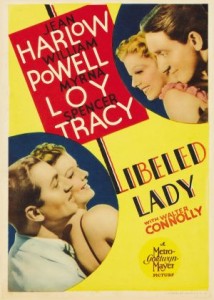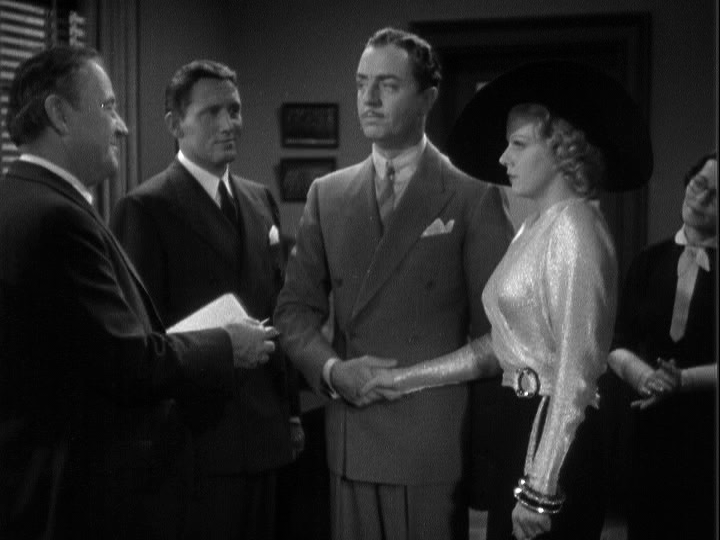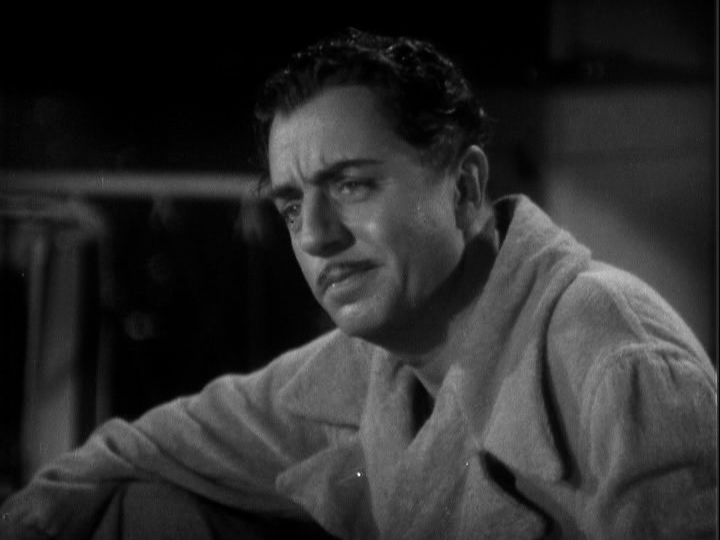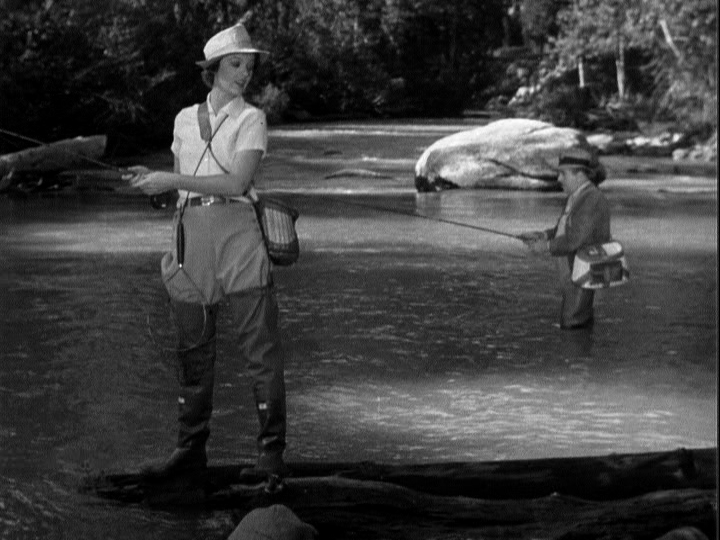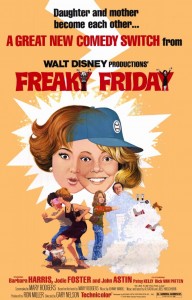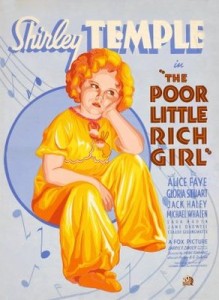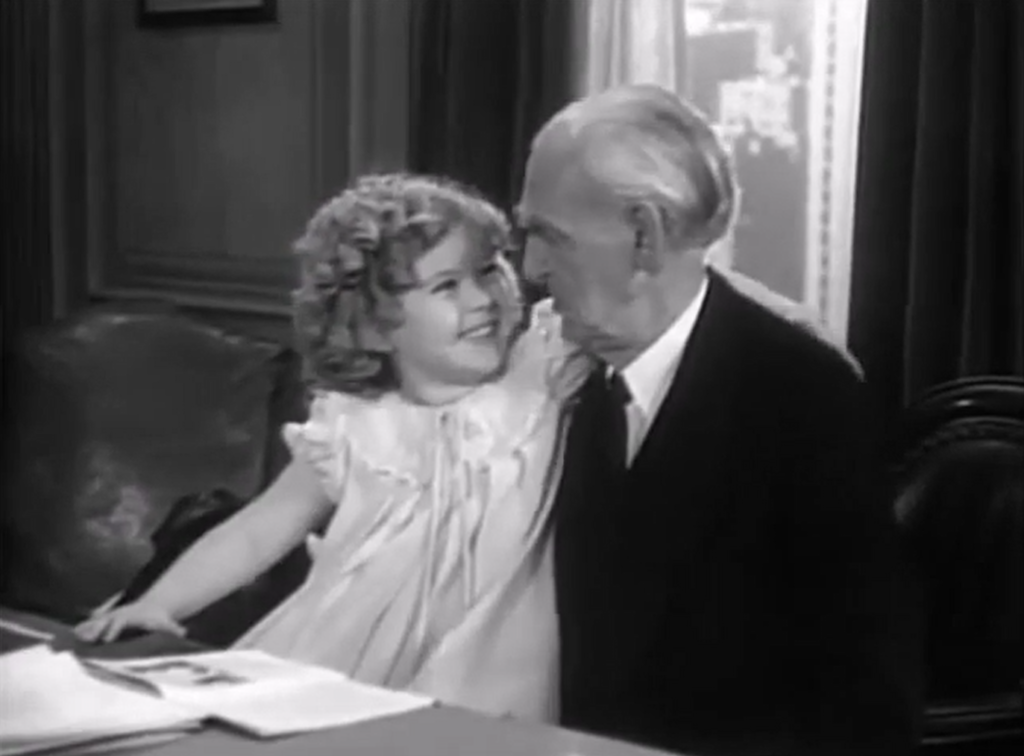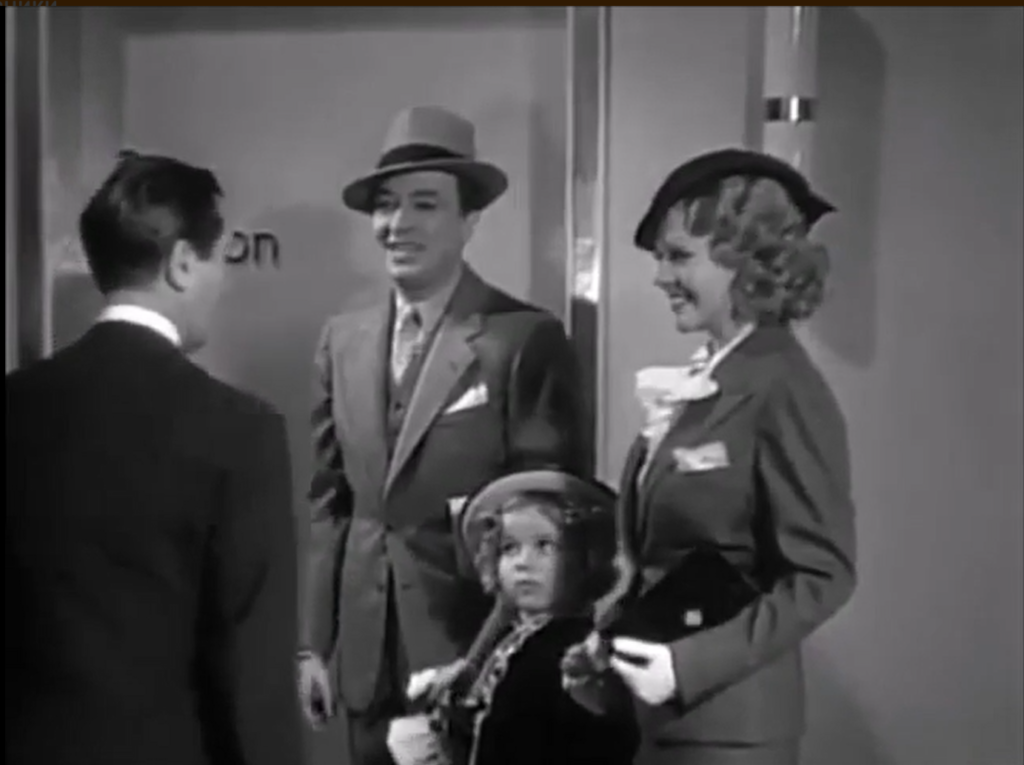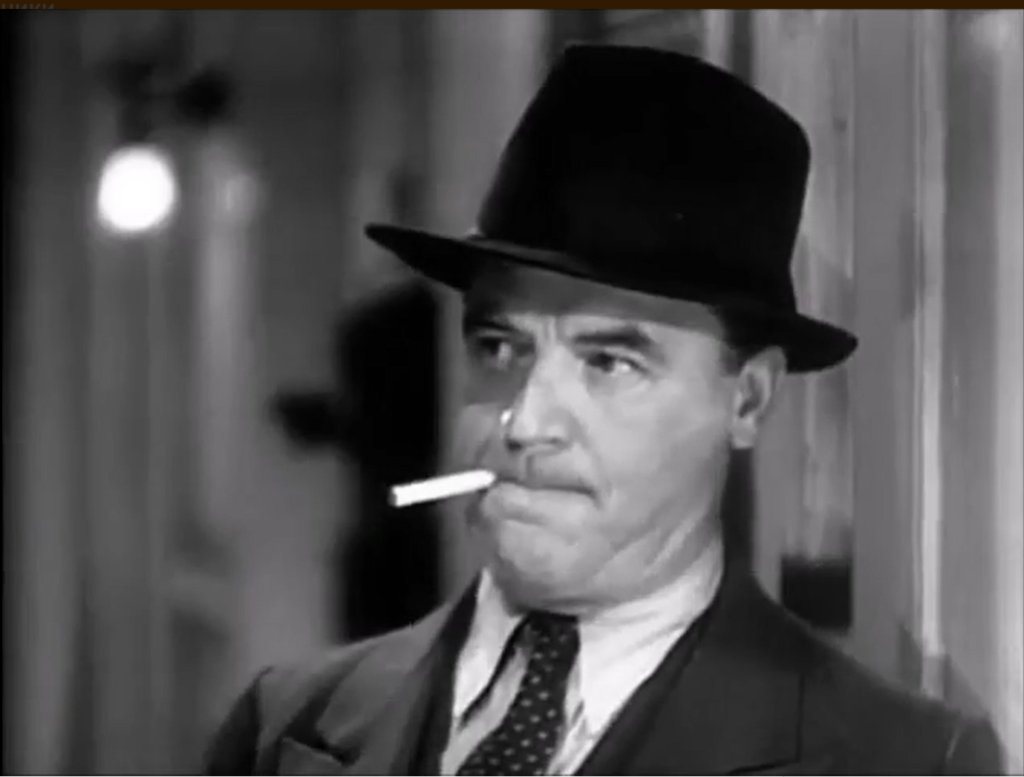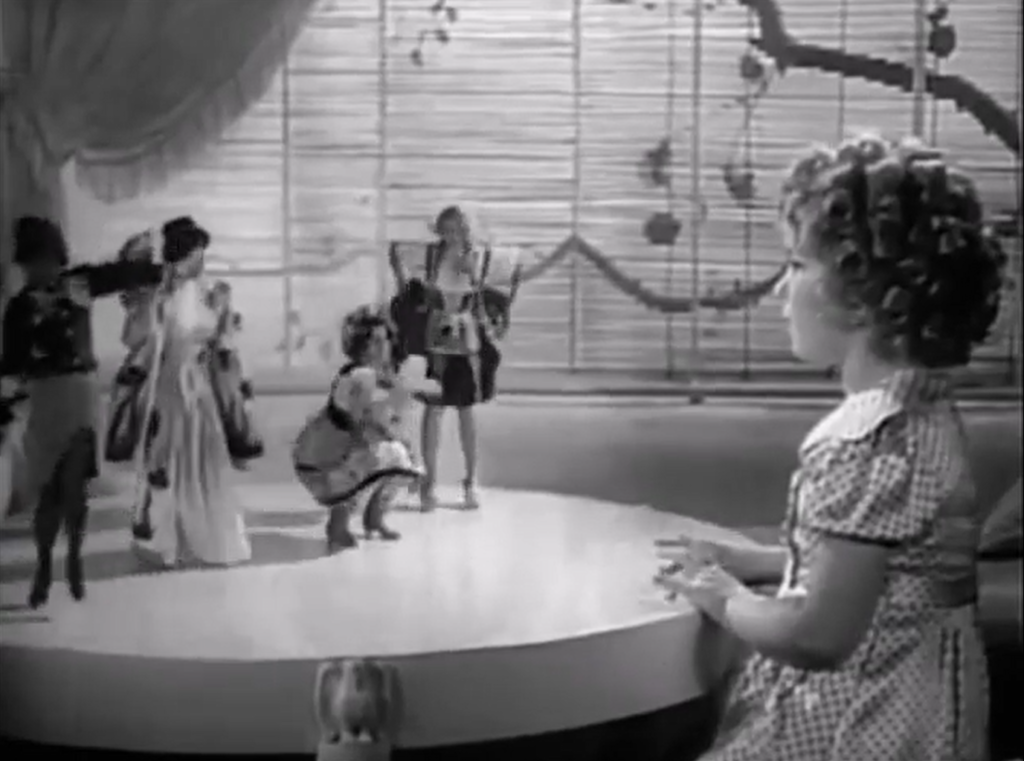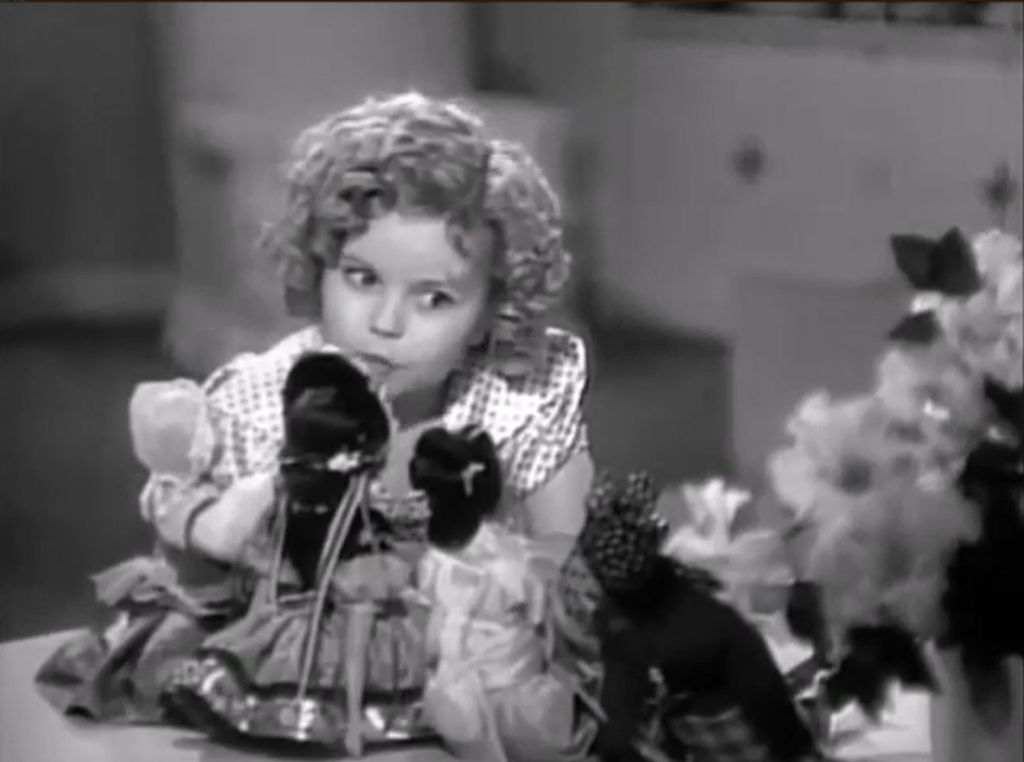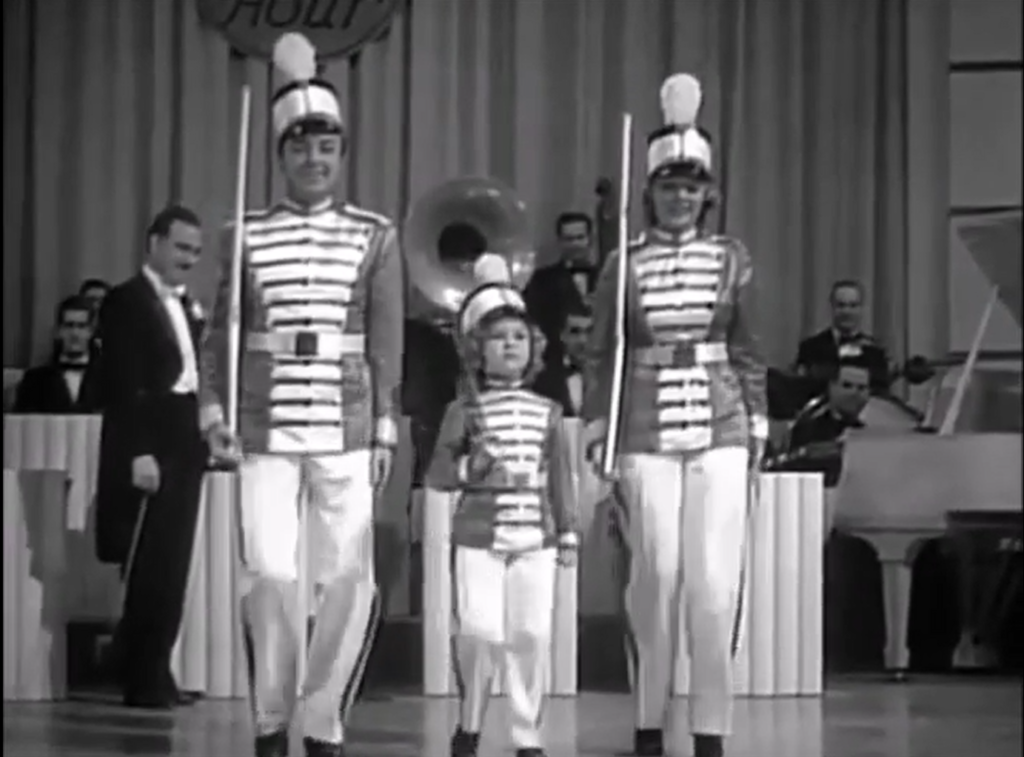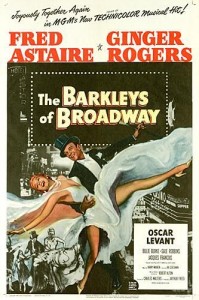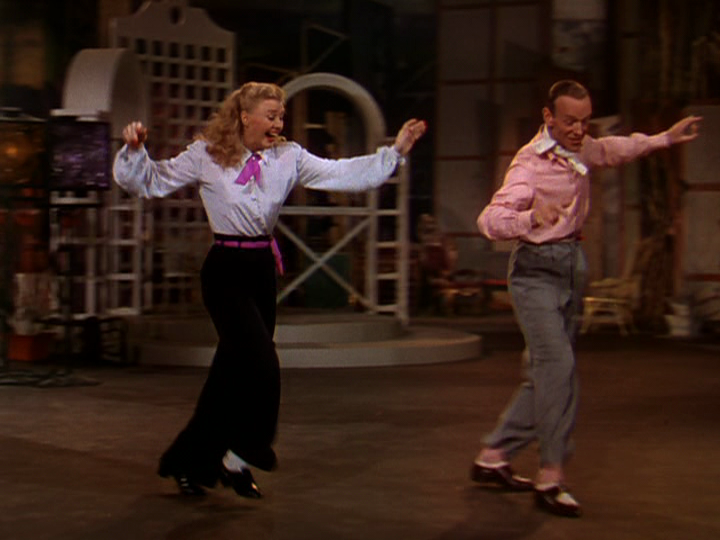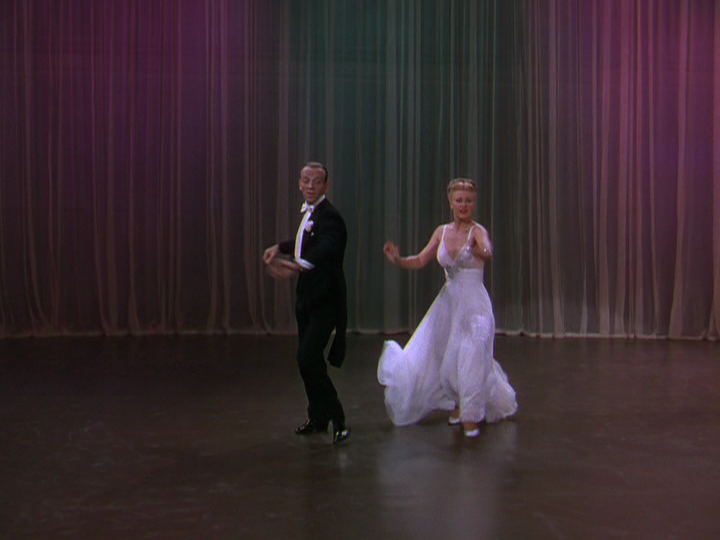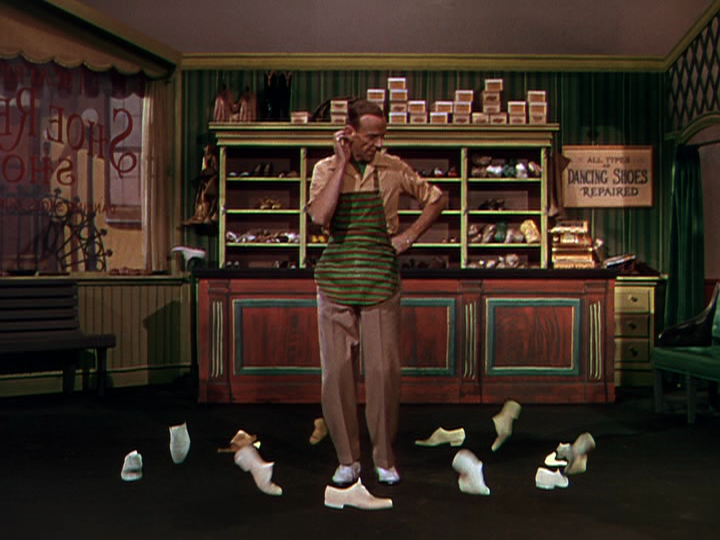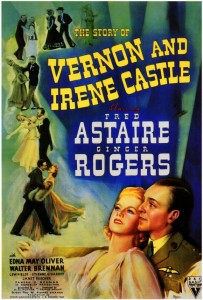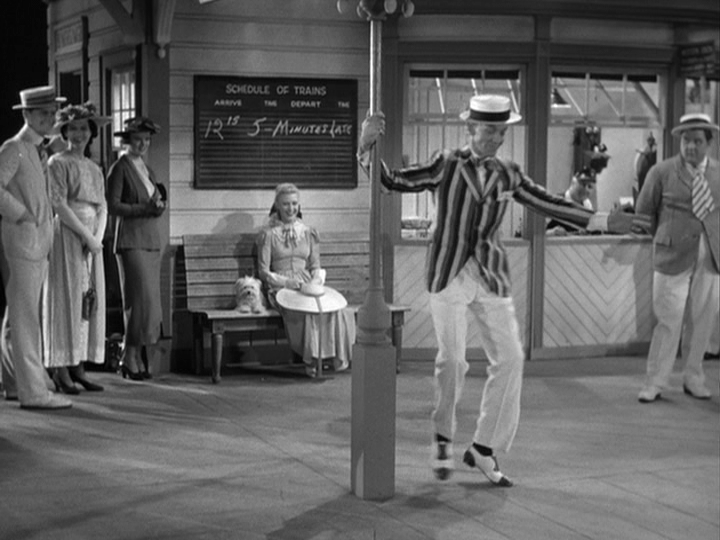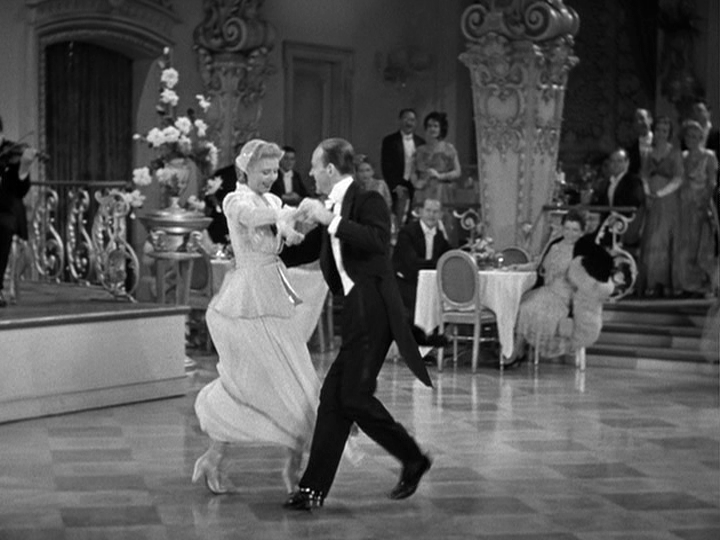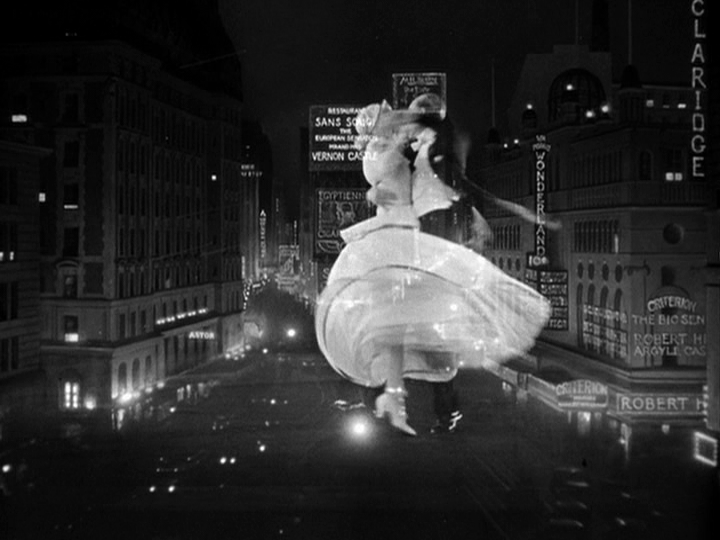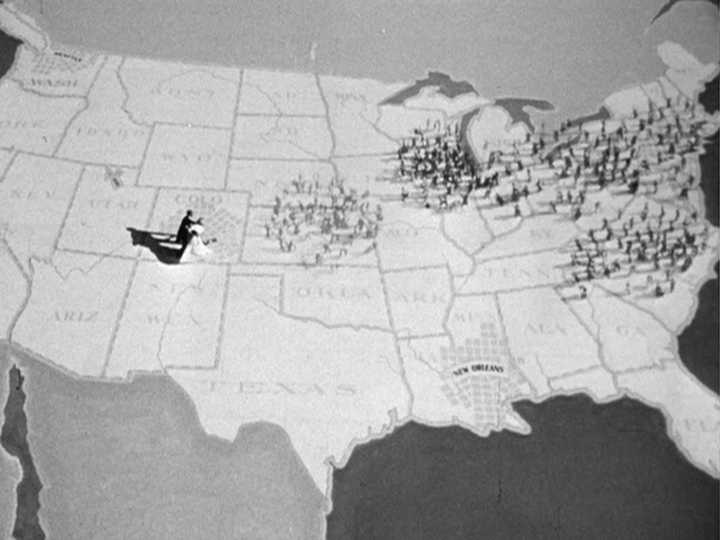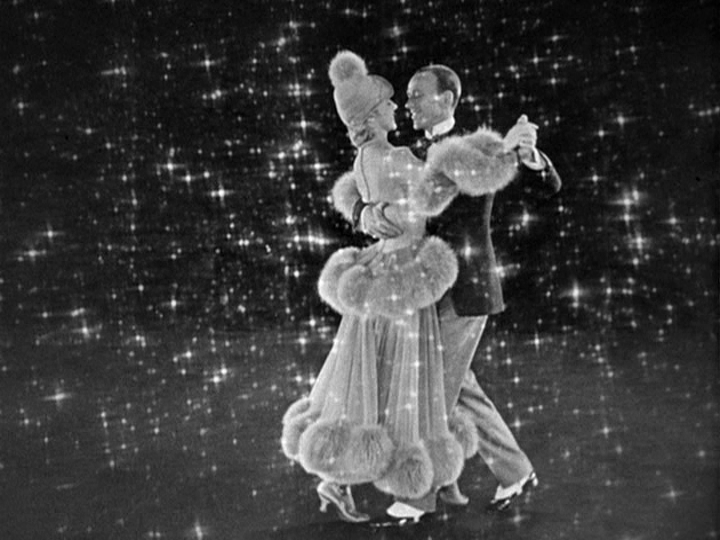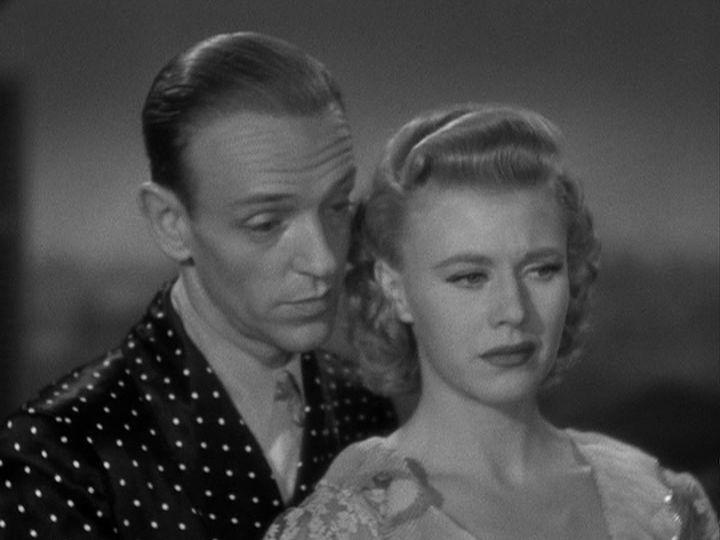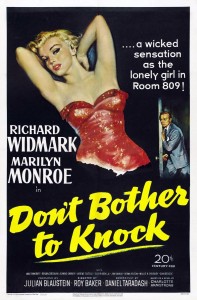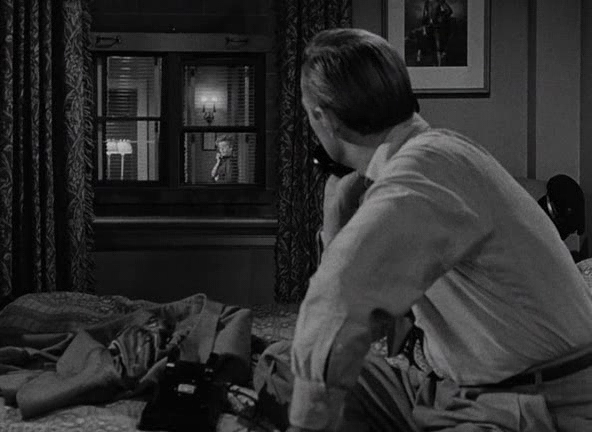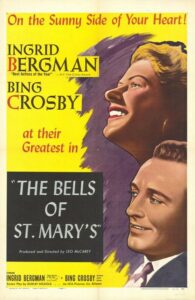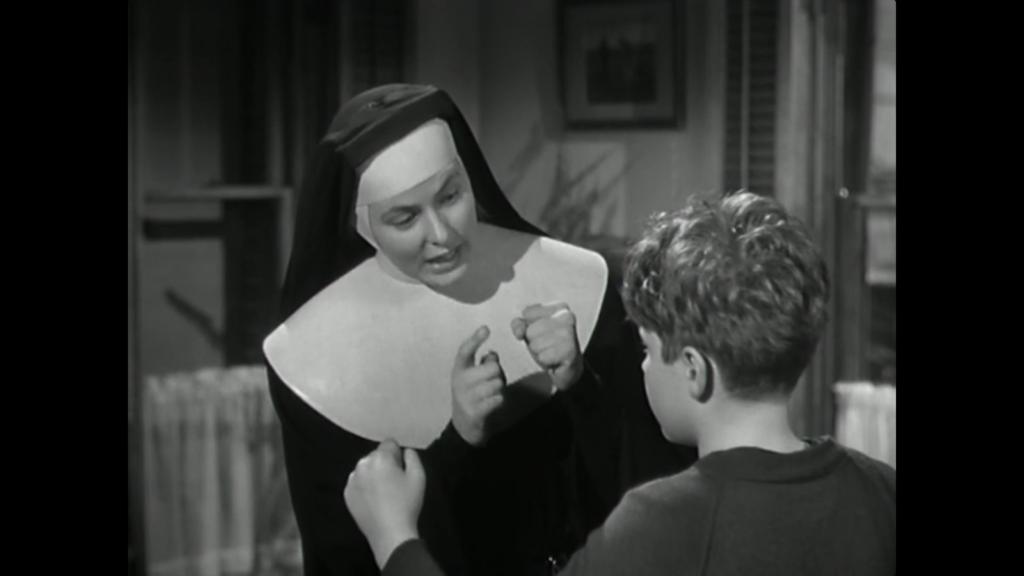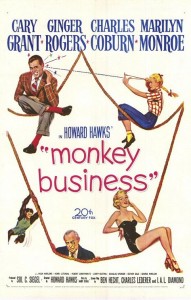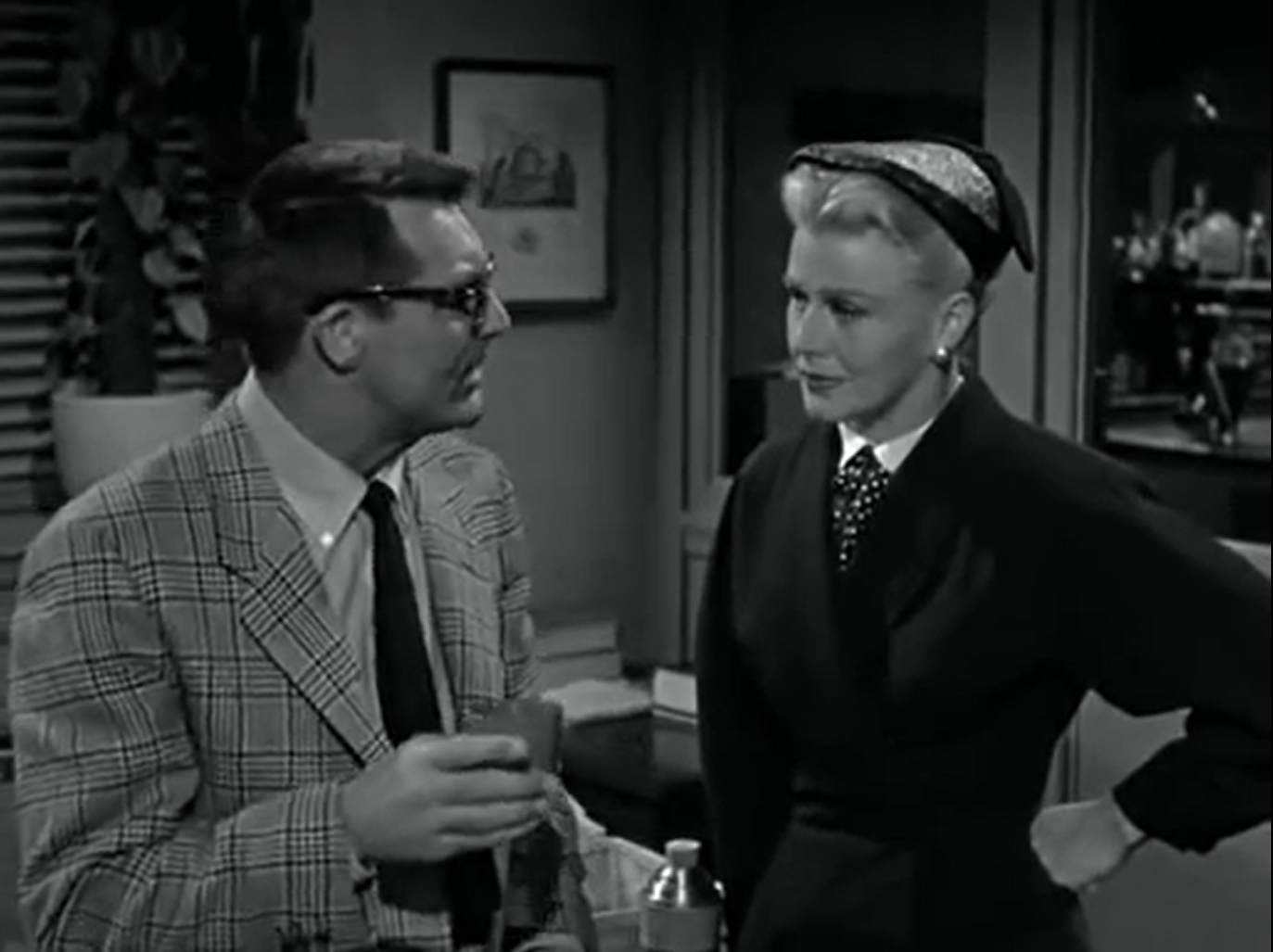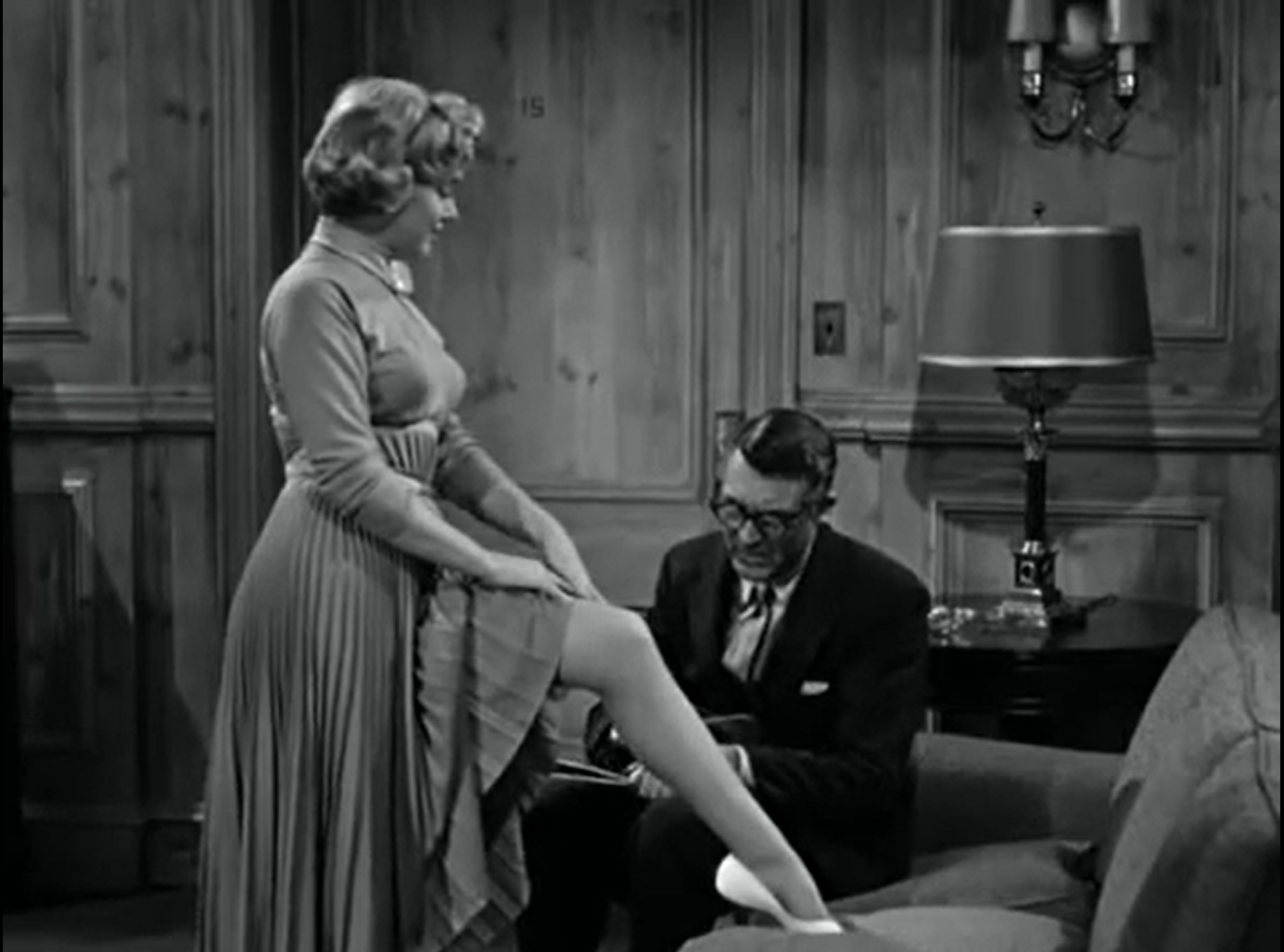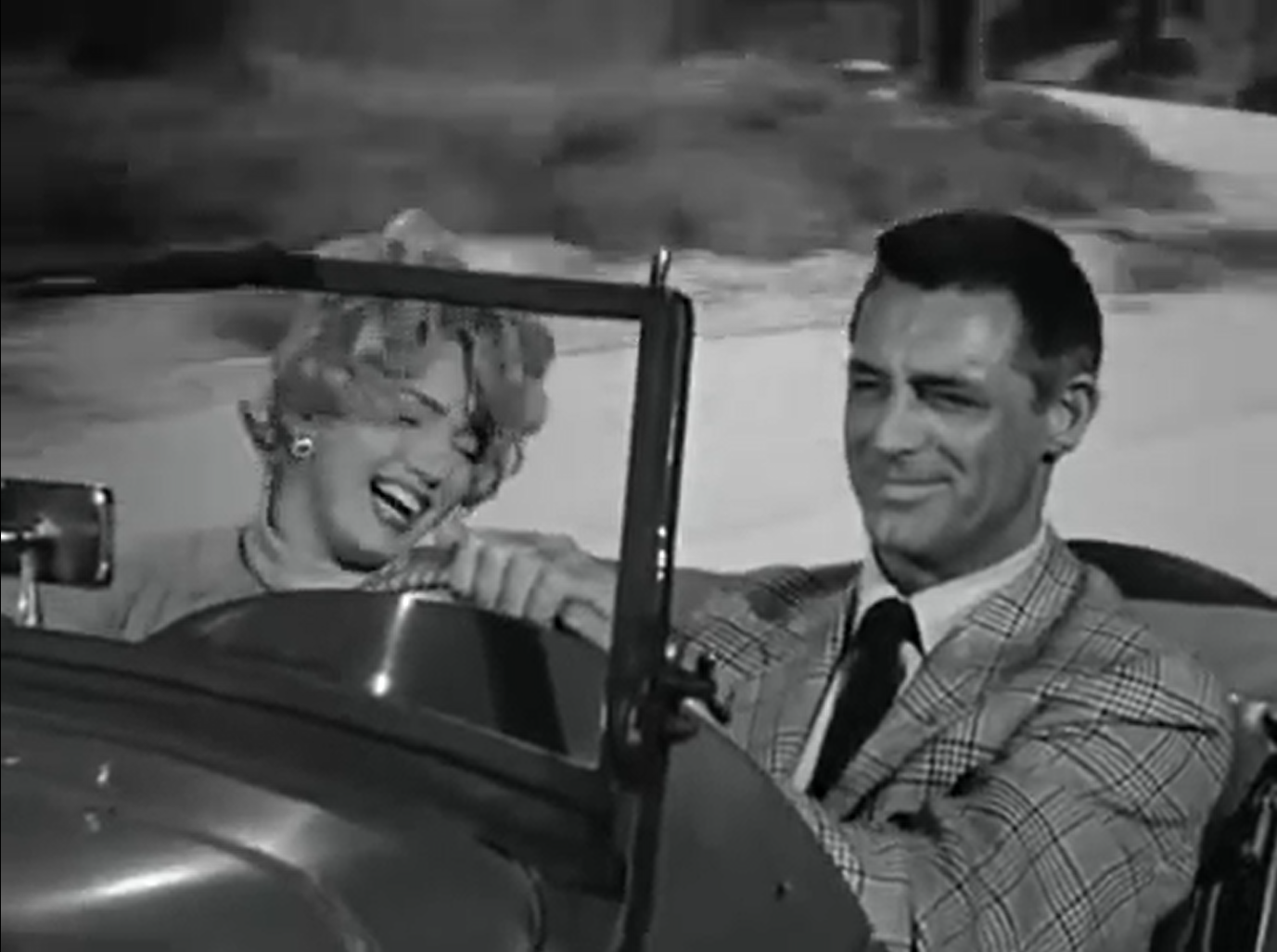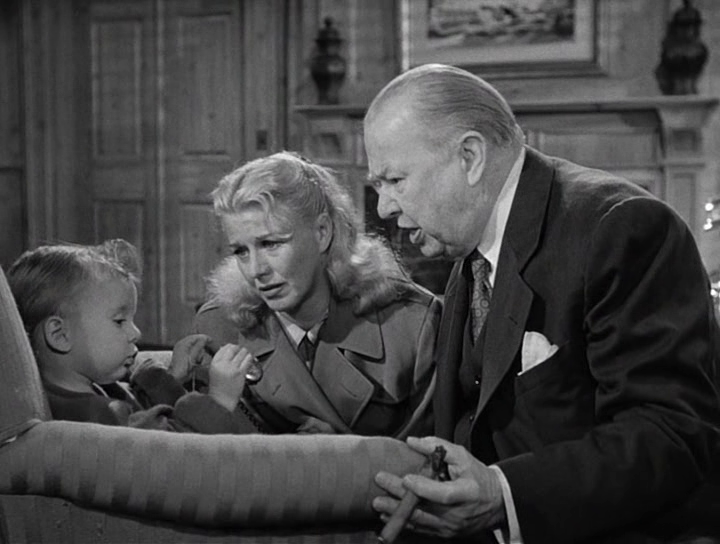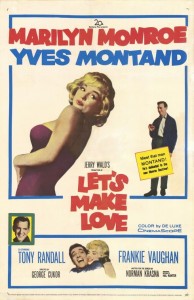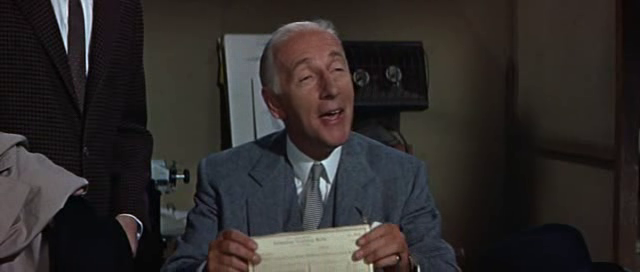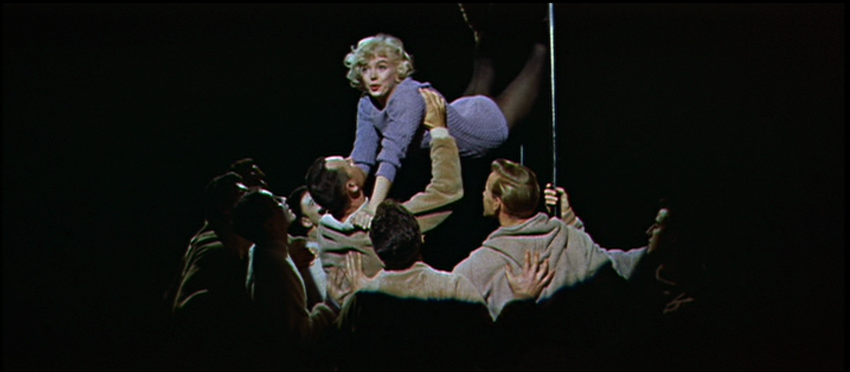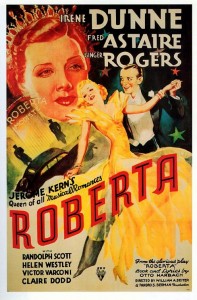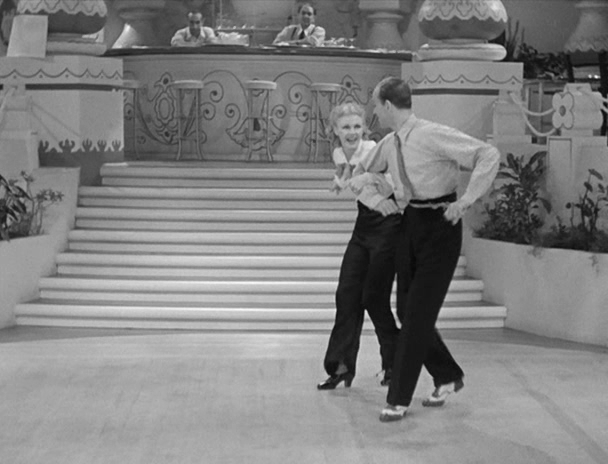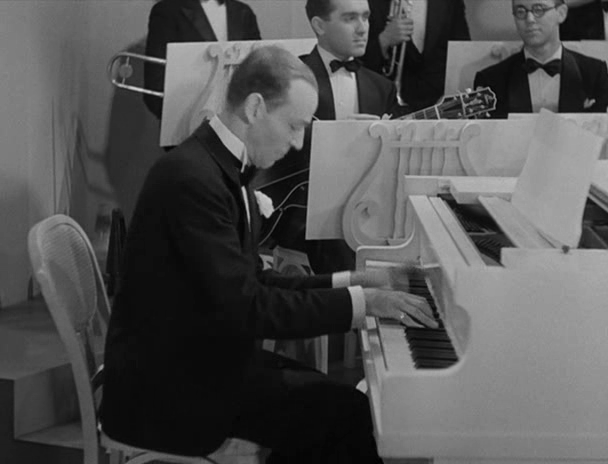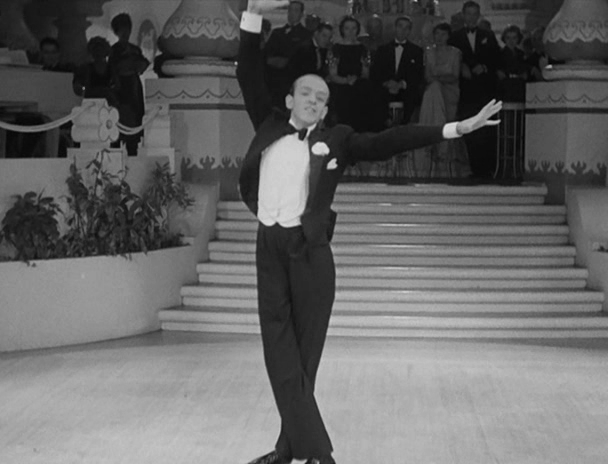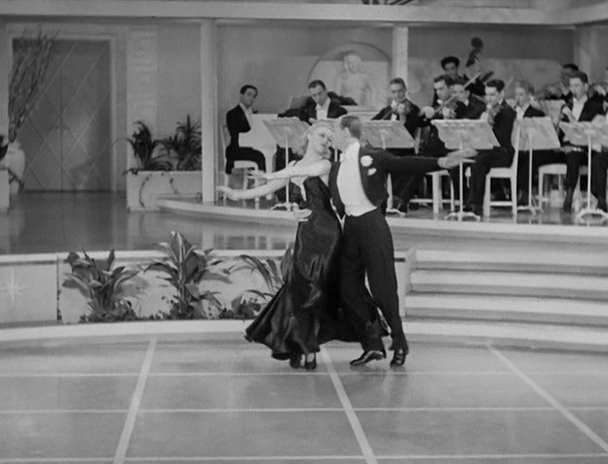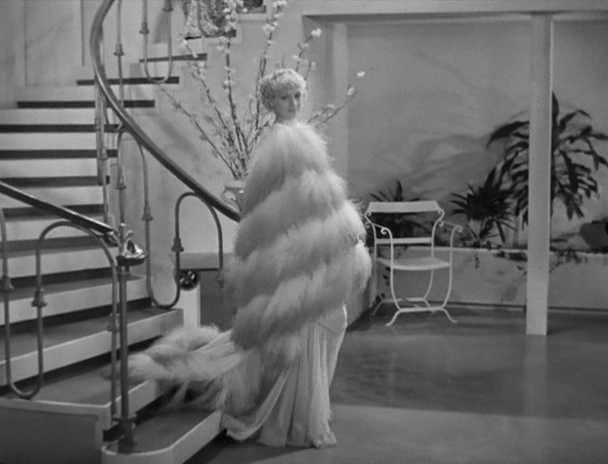|
Genres, Themes, Actors, and Directors:
- Barbara Harris Films
- Comedy
- Fantasy
- Jodie Foster Films
- Marie Windsor Films
- Mistaken or Hidden Identities
Review:
Based on a 1972 children’s novel by Mary Rodgers, this live-action Disney film was just one of five films 14-year-old Jodie Foster appeared in that year (others include Taxi Driver, The Little Girl Who Lives Down the Lane, and Bugsy Malone) — thus indicating her enduring popularity after years of work as a child actor in television and on the big screen. She does a fine job in her role here as a slovenly, athletic tomboy who spends most of her screentime “inhabited” by her mother — but it’s Harris (primarily playing teenage “Annabel”) whose performance really stands out.
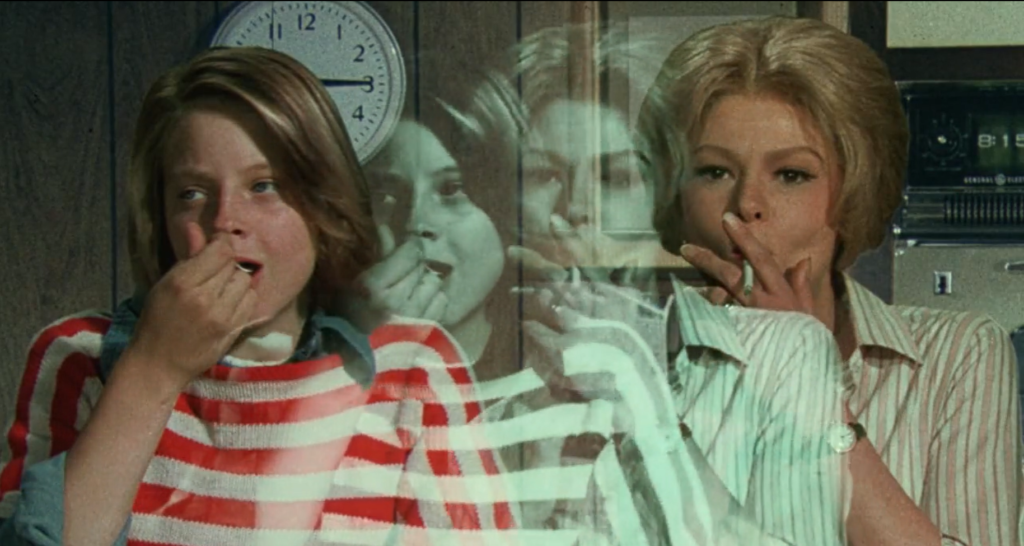
Better known for her work on Broadway than in films, this may actually be Harris’s best leading role onscreen: her no-holds-barred portrayal of an adolescent trapped in an adult body is a sheer pleasure to watch, from beginning to end. In early scenes, we see her luxuriating over the fact that she’s not only liberated from attendance at school but suddenly has a sexy, braces-free demeanor — only to quickly demonstrate how inadequately prepared she is to handle everything associated with the ’70s vision of womanhood/motherhood, from putting on false eyelashes (a great scene!):
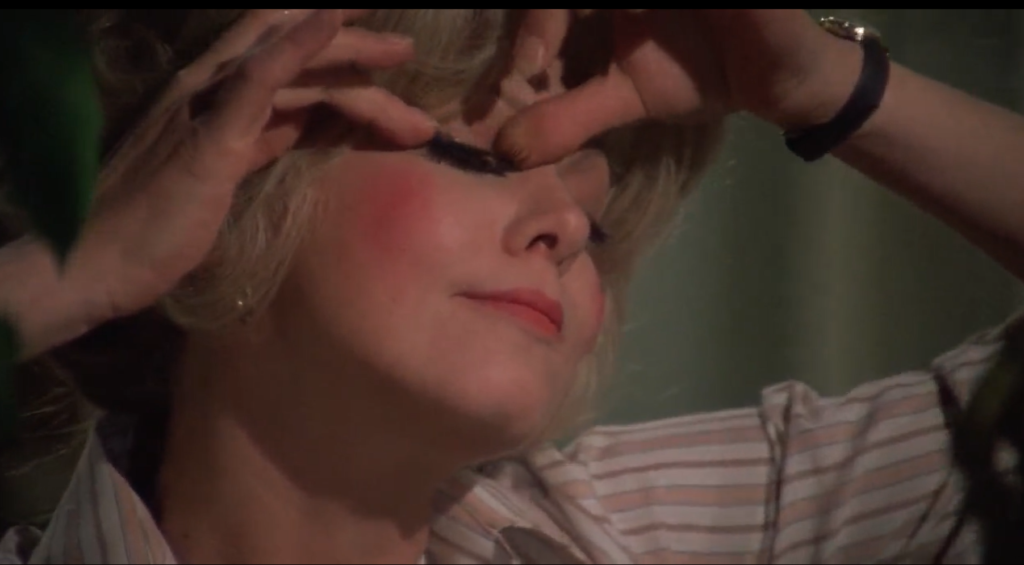
… to preparing an impromptu meal for 30 to managing a household full of domestic assistants.
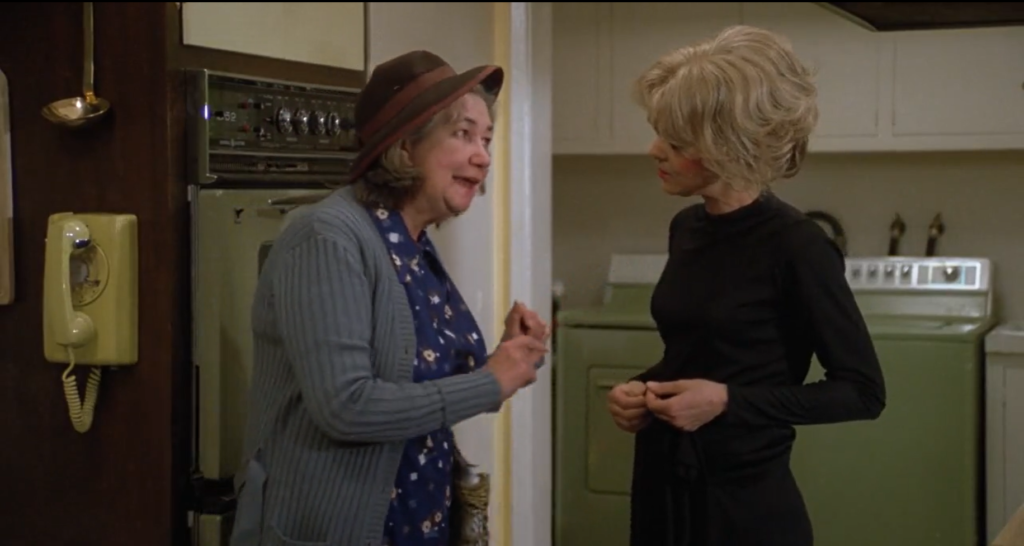
Fortunately, the film as a whole is mostly deserving of her stand-out performance, with the switched-identities element particularly well handled throughout. While we only see each character in her original body for the first 12 minutes of the film (and during the tail-end of the hectic finale), we nonetheless continue to believe in and understand exactly what’s happened to them, thanks to clever use of voice-over (plus, of course, the spot-on performances by the female leads). If there’s one slight downside, it’s that Harris’s travails as teenage “Annabel” are so much more intrinsically interesting and hilarious than Foster’s as the adult “Ellen”. Foster is primarily shown being humiliated time and again at school — either from her lack of knowledge about “modern” equipment (she has no idea how electric typewriters work):
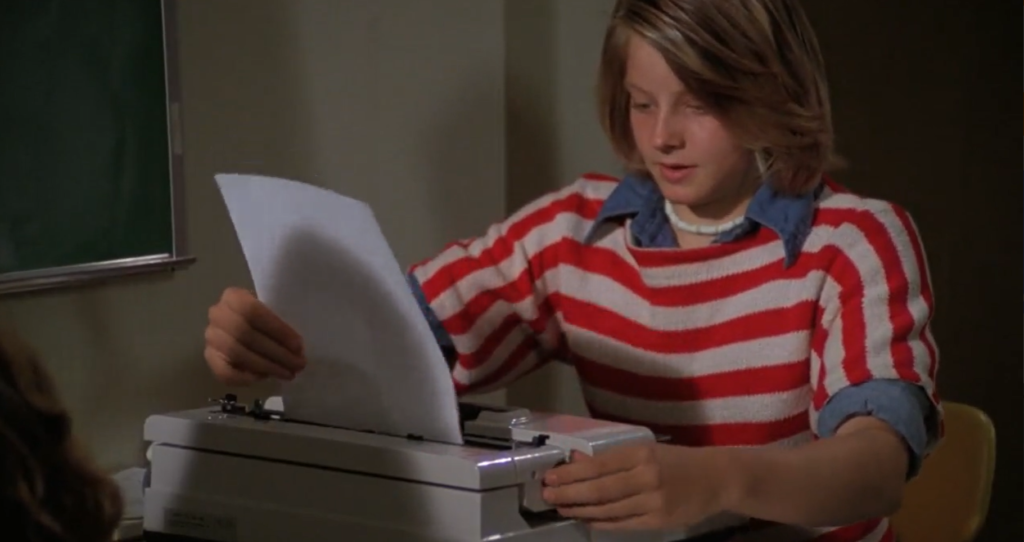
… or her overabundance of knowledge in history class (where she’s viewed as a know-it-all), or her utter clumsiness on the hockey field (where she’s literally pummeled by members of the opposing team).
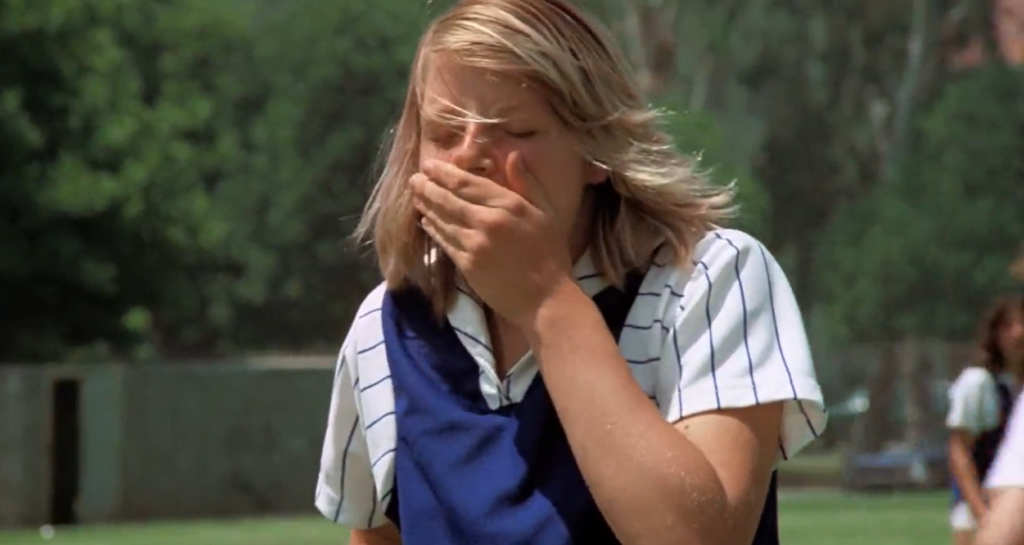
In sum, “Ellen”/”Mrs. Andrews” simply isn’t as interesting a character as “Annabel”.
Regardless, the fast-paced screenplay (written by Rodgers herself) keeps us on our toes throughout, right up until the surprisingly enjoyable slapstick finale (involving a cop chase and an elaborate water-skiing revue). It’s also fun to see how cleverly Rodgers incorporates sly sexual innuendos without ever bordering on poor taste — i.e., the titillated reaction by Astin when Harris accidentally calls him “Daddy” a few times.
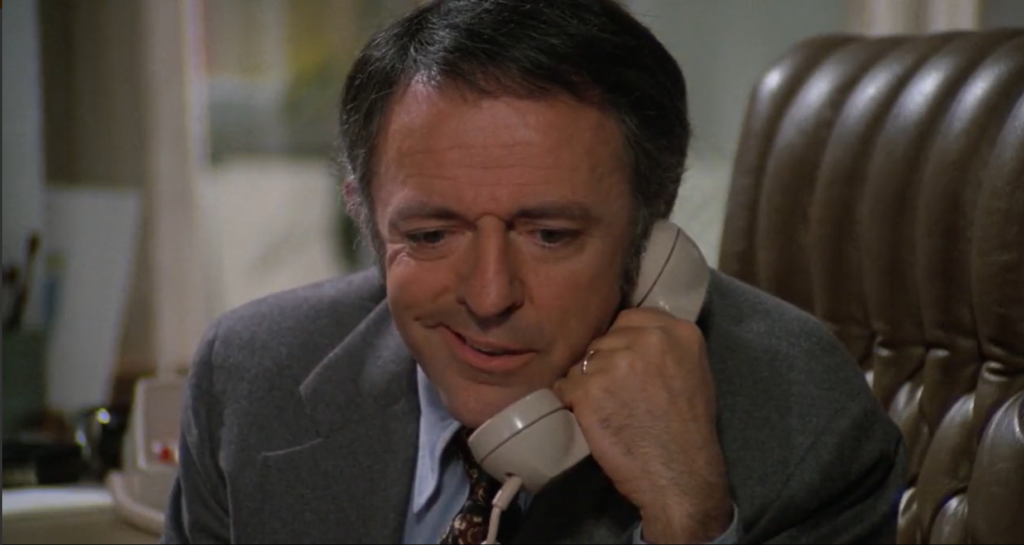
Meanwhile, both Harris and Foster learn important lessons in how to empathize with each other (naturally), but this thankfully isn’t hammered over our heads. Somewhat surprisingly, Freaky Friday remains worth a one-time look by all film fanatics — primarily for Harris’s performance, but also as a pleasantly enjoyable situation comedy. Watch for the inspired final shot/scene.
Redeeming Qualities and Moments:
- Barbara Harris as Ellen/Mrs. Andrews
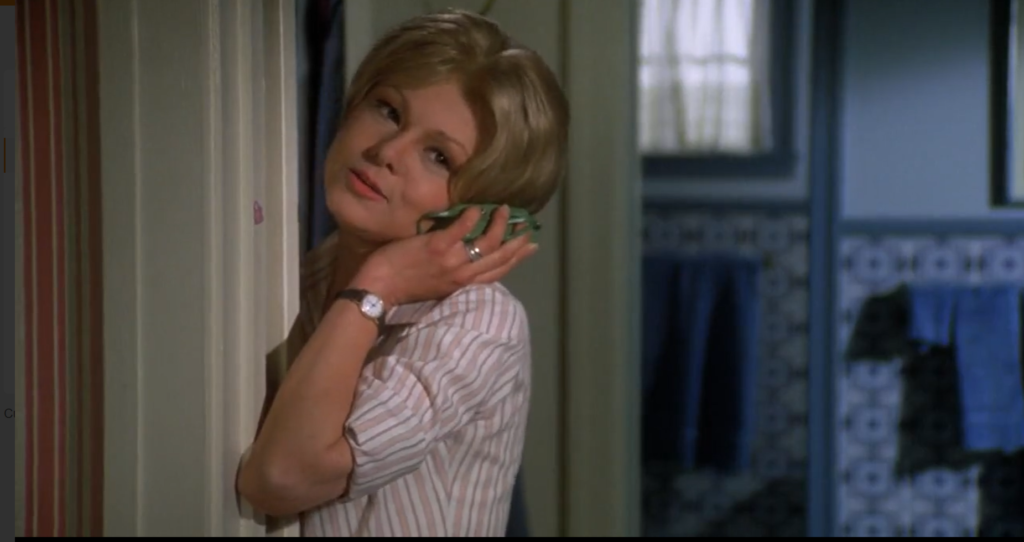
- Jodie Foster as Annabel
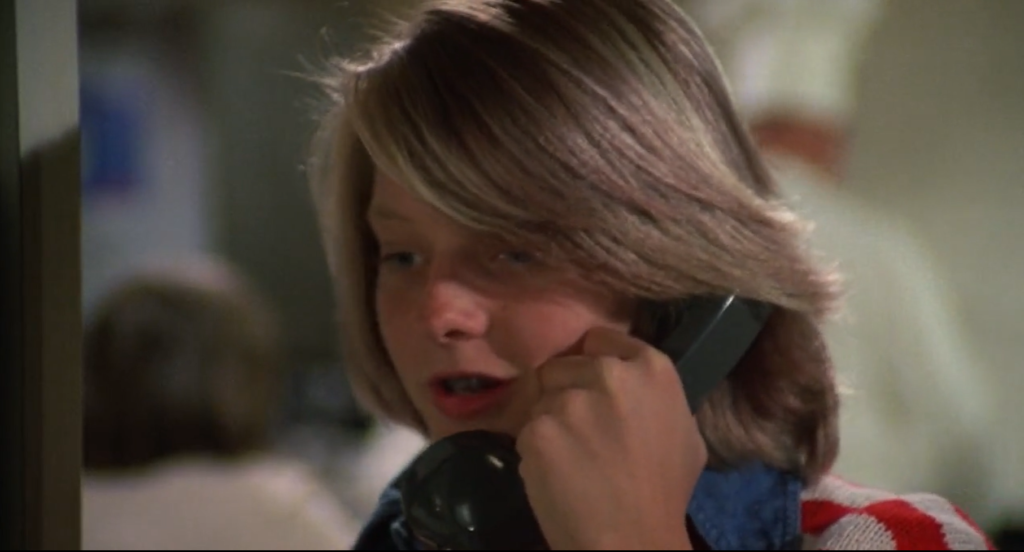
- Fun opening credits
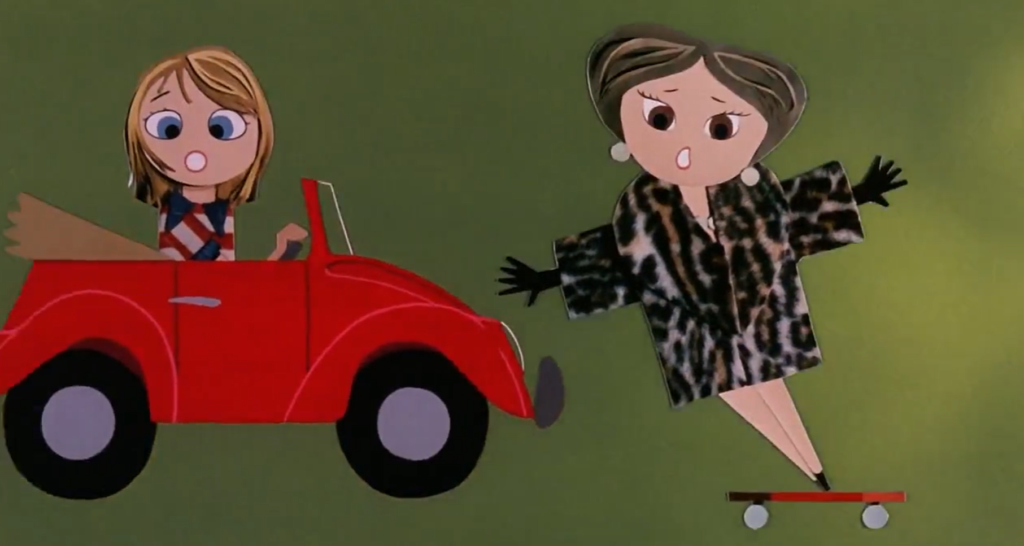
Must See?
Yes, for Harris’s stand-out performance. Listed as a Sleeper in the back of Peary’s book.
Categories
- Noteworthy Performance(s)
Links:
|
